

This guide provides a detailed overview of collated plasterboard screws, covering their types, applications, benefits, and considerations for choosing the right ones for your project. We'll explore different collating methods, screw sizes, and materials, helping you make informed decisions for efficient and reliable drywall installation. Learn how to maximize your productivity and achieve professional-looking results.
Plasterboard screws collated are drywall screws pre-assembled in a strip or coil for faster and easier installation. This collated design significantly improves efficiency compared to using loose screws, especially for large-scale projects. They are commonly used with power screwdrivers, making the process quicker and less prone to errors.
There are several common methods for collating plasterboard screws: strip collated, coil collated, and sometimes even in bulk packaging designed for use with automated drywall systems. Strip-collated screws are generally used in smaller projects, while coil-collated screws are best suited for larger-scale installations. The choice depends on the project scope and the type of driver being used.
Plasterboard screws come in various sizes, typically differentiated by length and diameter. The length is chosen based on the thickness of the drywall and the framing material. Common materials include steel and sometimes even specialized materials offering enhanced corrosion resistance. Selecting the appropriate size and material is crucial for secure and durable drywall installation. For example, longer screws are needed for thicker drywall.
| Screw Length (mm) | Screw Diameter (mm) | Application |
|---|---|---|
| 25 | 3.5 | Thin drywall |
| 35 | 3.9 | Standard drywall |
| 50 | 4.2 | Thick drywall |
Several factors influence the selection of plasterboard screws collated. These include the thickness of the drywall, the type of framing material (wood or metal), the desired level of holding power, and the overall project scale. Using the incorrect screw type can lead to drywall damage or loose screws.
Collated plasterboard screws offer numerous advantages: increased speed and efficiency in installation, reduced material waste, improved accuracy, and decreased labor costs. They significantly streamline the drywall hanging process, allowing for faster project completion.
For optimal results, use a suitable power screwdriver designed for collated screws. The right driver bit size is crucial to ensure proper engagement and prevent cam-out or strip damage. A reliable drill with the appropriate bit is essential for efficient and precise installation.
Proper installation involves pre-drilling pilot holes for certain materials to prevent splitting, especially with harder substrates. Maintaining consistent pressure and speed during fastening ensures that the screw is driven straight and securely without damaging the drywall. Ensure you are using the correct screw length for the desired application, based on drywall thickness.
For a wide selection of high-quality building materials, including a comprehensive range of plasterboard screws collated, explore the offerings from Hebei Muyi Import & Export Trading Co., Ltd. Visit their website to learn more about their products and services.
1 [Insert relevant data source for screw sizes and materials if available]


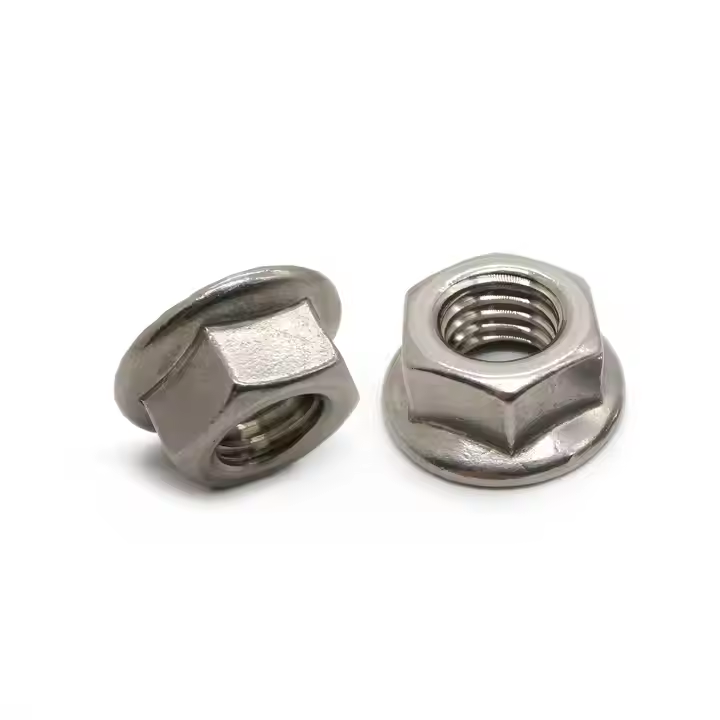
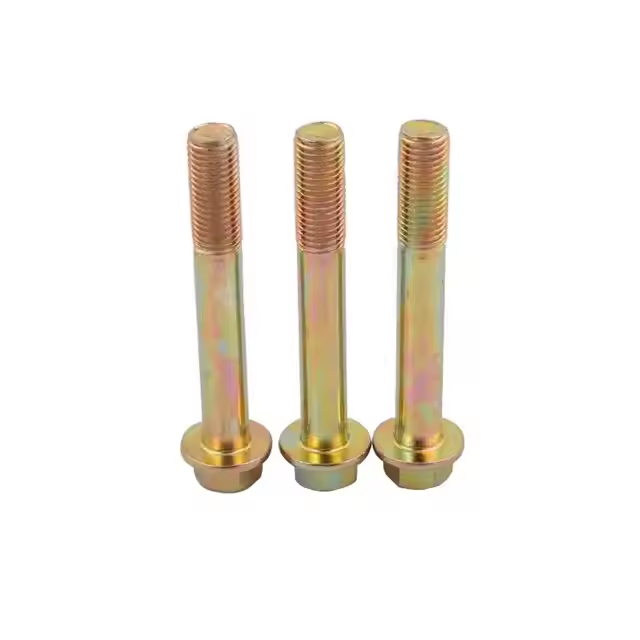
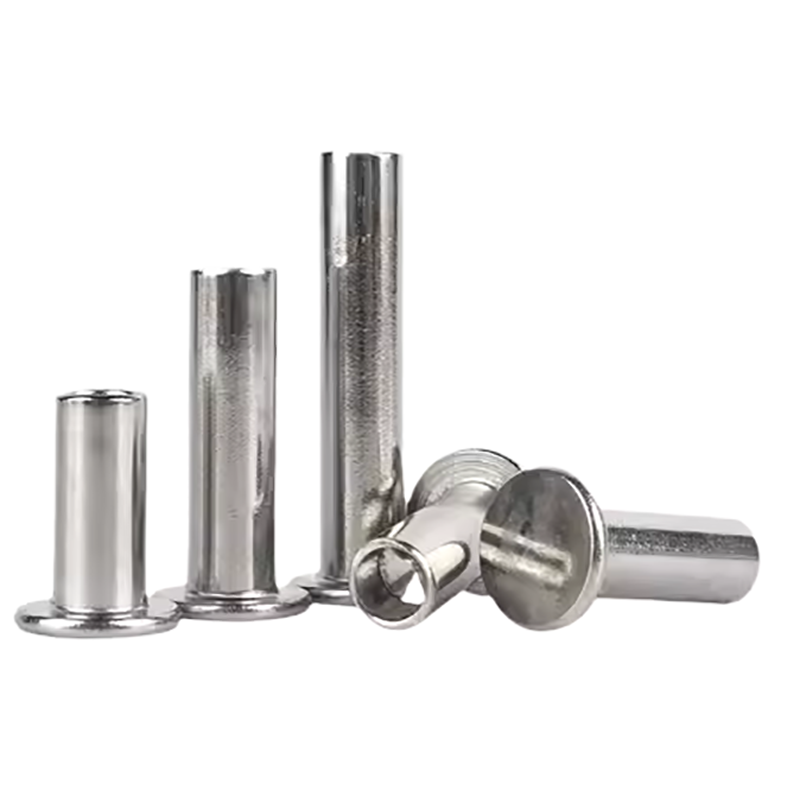
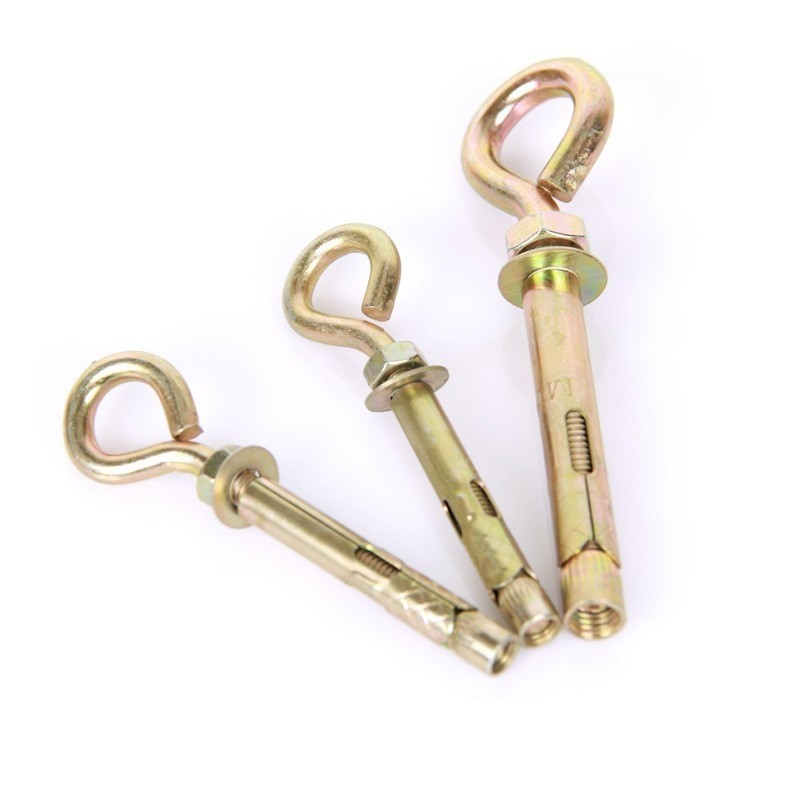
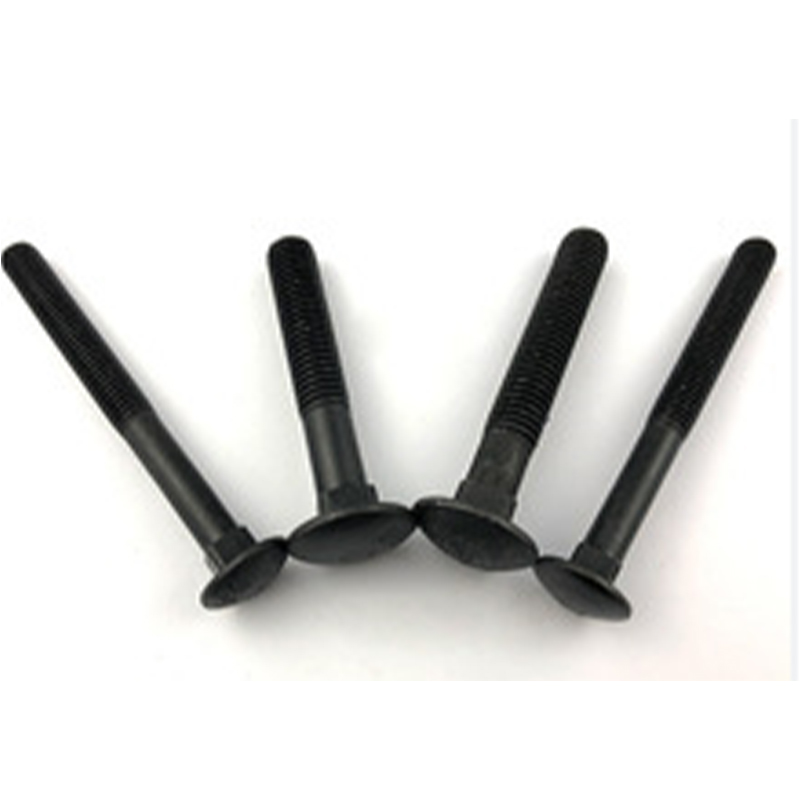
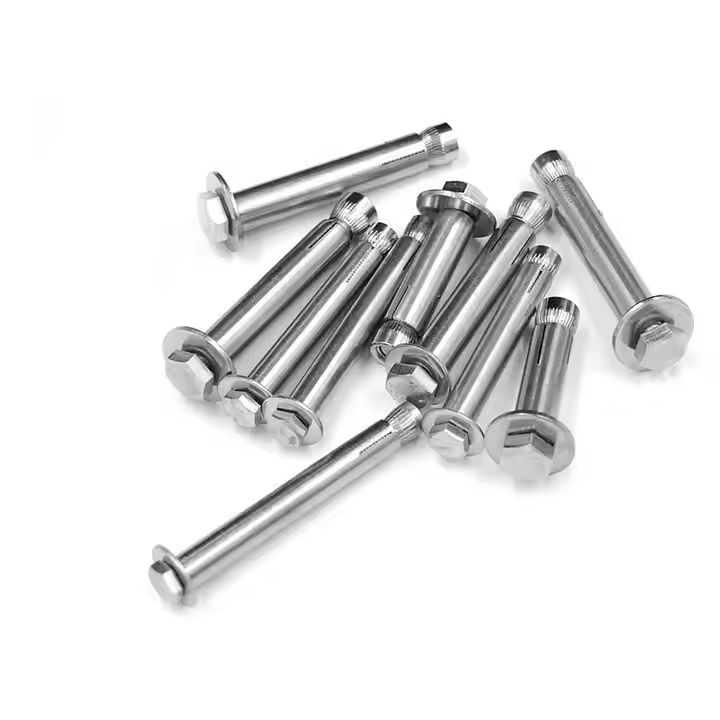

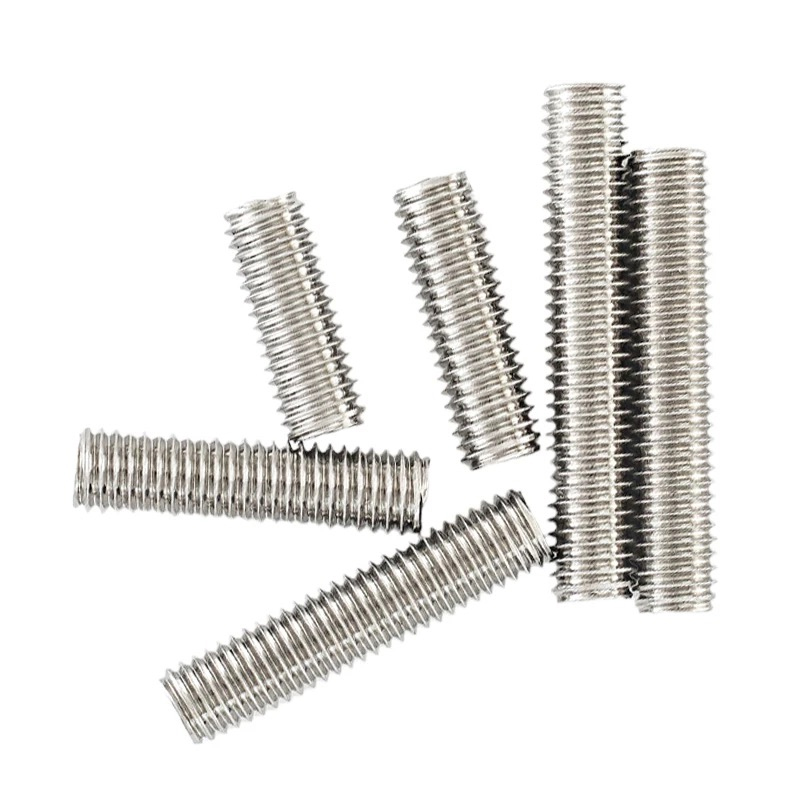
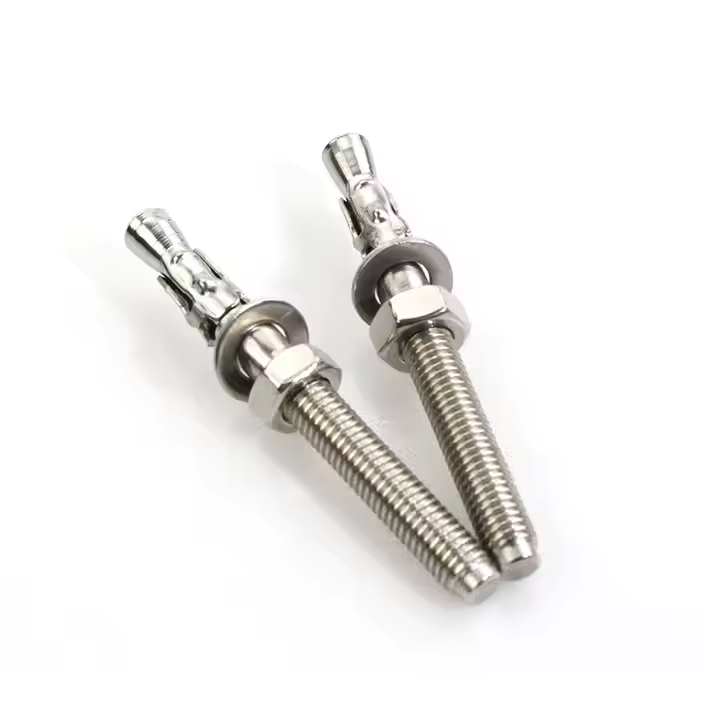

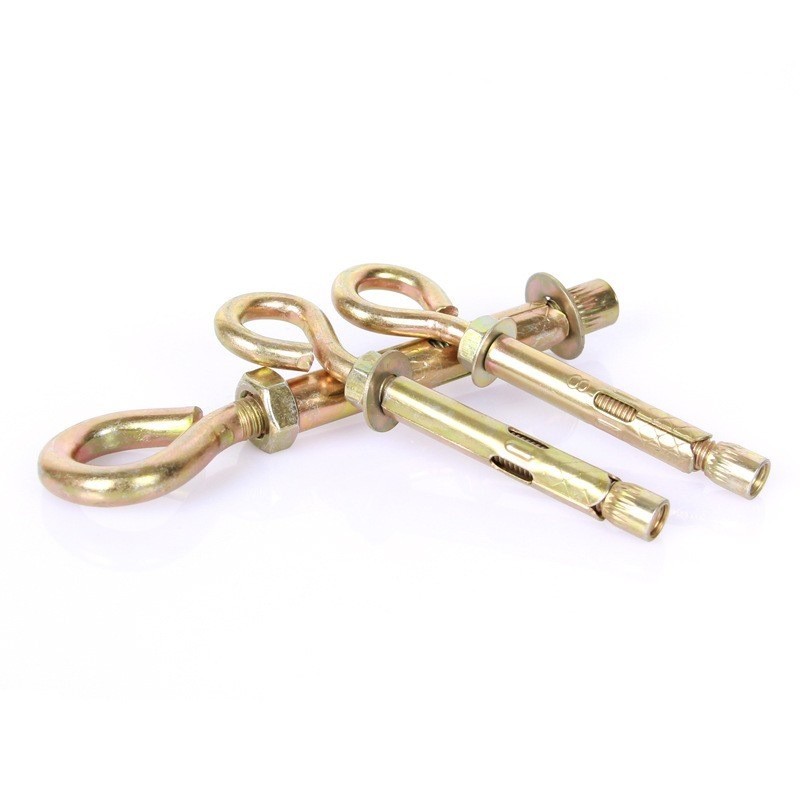
Please enter your email address and we will reply to your email.